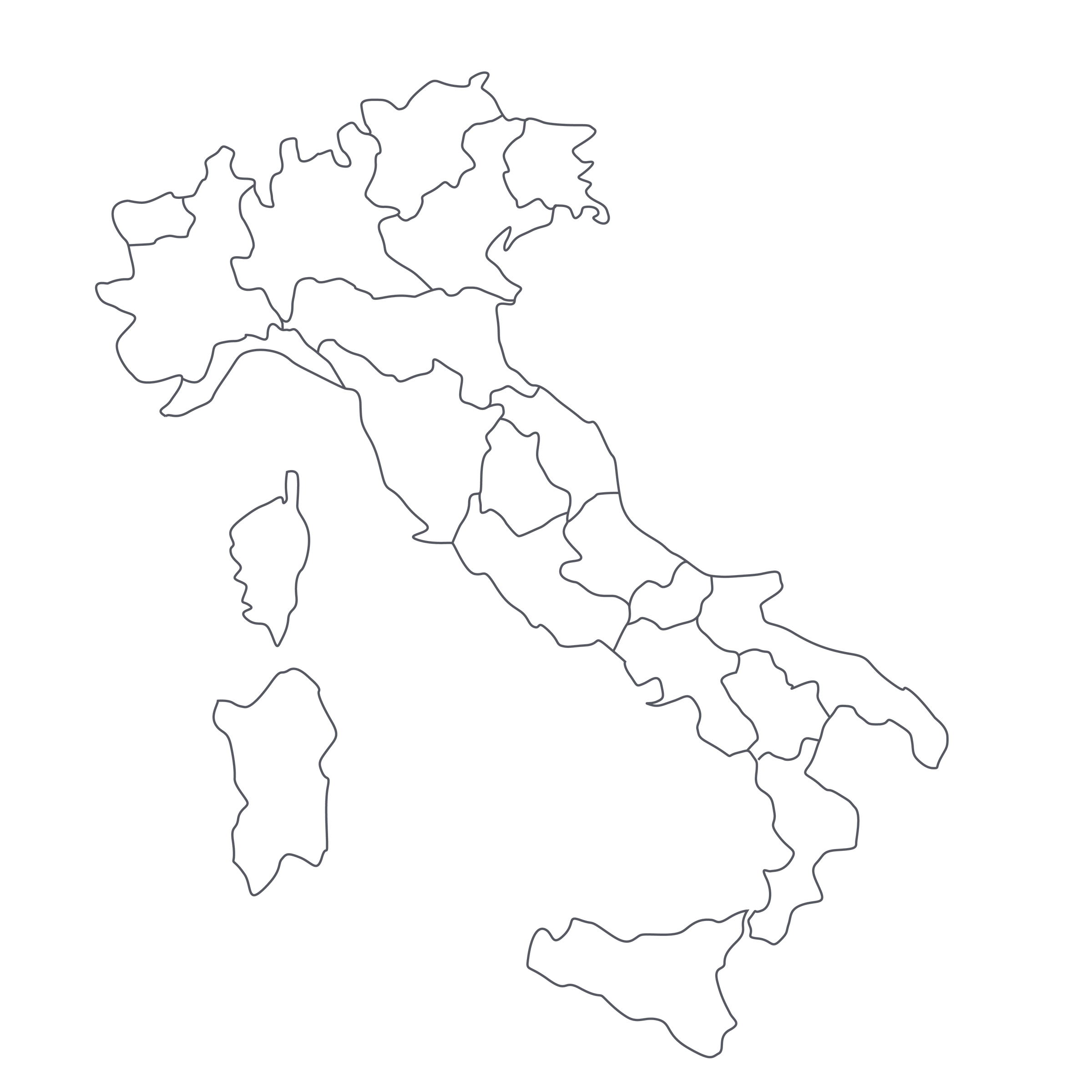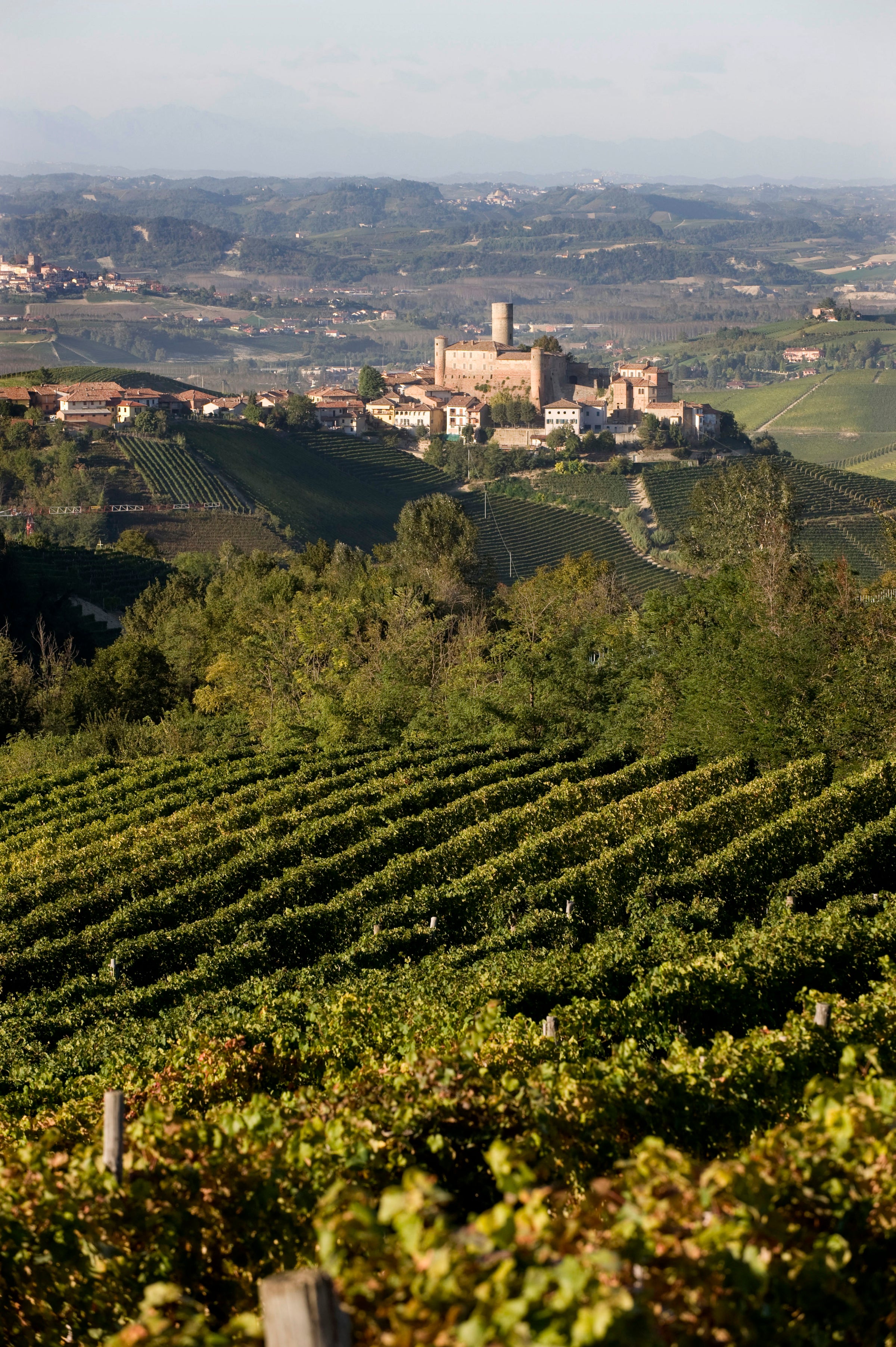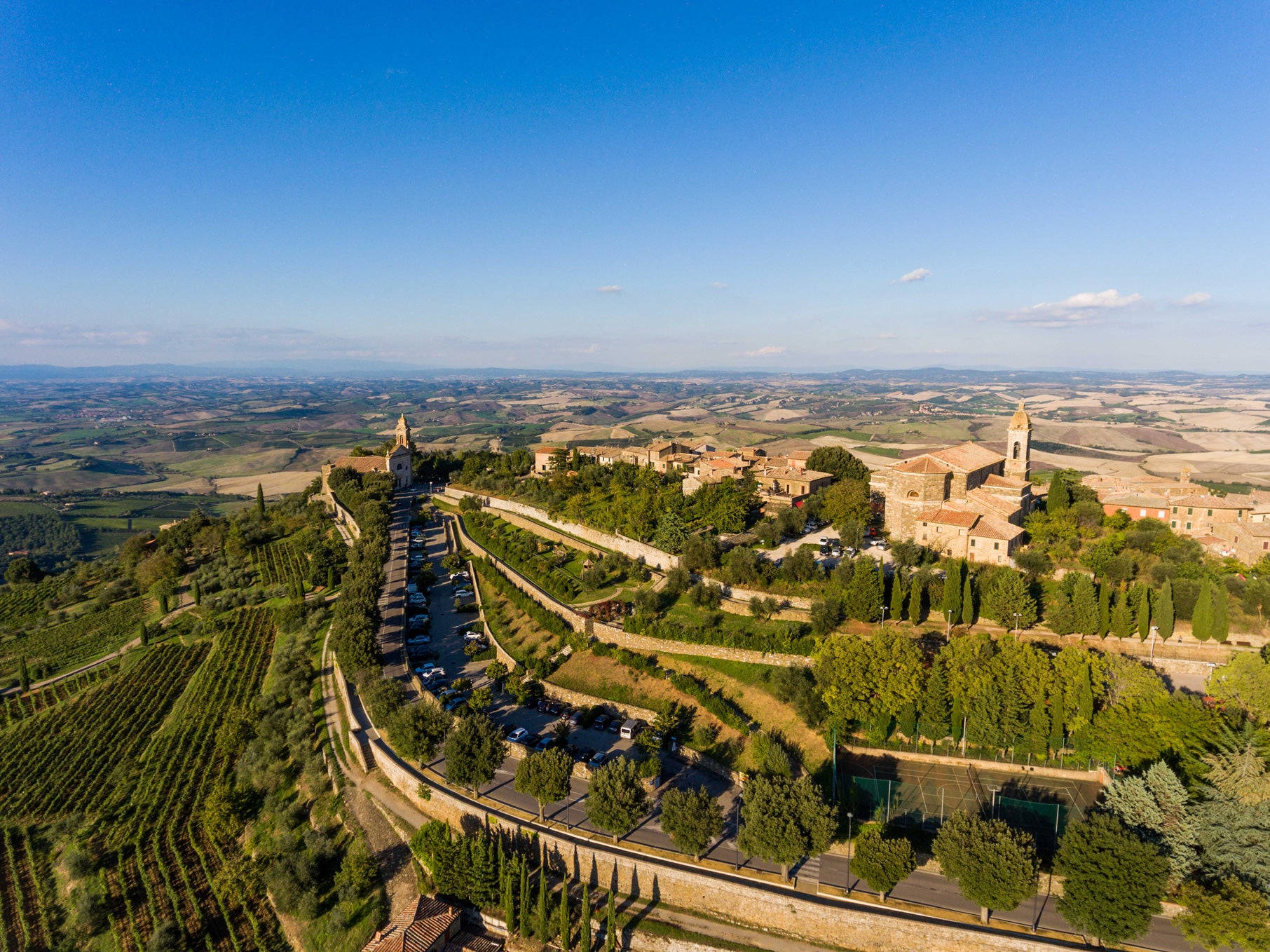I’ll get right to the point: Here’s a bonafide Barolo ‘Grand Cru,’ poised to dazzle and delight over the next decade or two, and it’ll cost you a tiny fraction of equivalent reds from Burgundy. If you’ve subscribed to SommSelect for a while, you know I’m prone to this kind of Italian wine boosterism, but if we’re being honest with each other, there’s no denying this straightforward reality—Barolo, almost across the board, is still seriously undervalued.
This is especially true of personal-favorite Fratelli Alessandria, whose top-to-bottom lineup is one of the most consistent and impressive in all of Barolo. If you don’t know Alessandria, you need to, and you couldn’t ask for a more inspiring introduction (or reminder) than today’s ’16 from the spectacular “San Lorenzo” vineyard. This beautifully positioned site, in the picture-book village of Verduno, is undoubtedly a grand cru-equivalent parcel on the western side of the Barolo zone. The wines of Alessandria, and Verduno in general, are marked by their finesse and aromatic high notes—the Barolo equivalents of red Burgundies from Chambolle-Musigny—and this one is a master class.
Having offered previous vintages of this wine, we were anxiously awaiting the arrival of the 2016 vintage, which has won major plaudits from the critics. This comes on the heels of the exceedingly generous, early-drinking ’15 vintage, which I’ve been waxing rhapsodic about for a year now. As the 2016s have begun trickling in, I’m encountering wines with a little more backbone and dimension, with what seems like some longer aging potential. It’s an embarrassment of riches lately in this once-marginal climate, and I’m here for it!
Alessandria has seemed to release one lights-out-delicious wine after another lately, whether it’s a vineyard-designate Barolo like today’s or something a little more quotidian, like their spicy, perfumed, ultra-light red from the local Pelaverga grape. Across the whole of the Alessandria lineup, there’s a common thread: purity, delineation, and effortless grace. Part of this owes to the terroir: Verduno, and neighboring La Morra, tend to produce Barolos with gentler tannins than those produced across the valley in towns such as Serralunga d’Alba and Monforte. Soils in Verduno/La Morra are a little richer in clay (along with limestone marl and sandstone), and expositions are predominantly south/southeast, allowing for big doses of morning sun.
Like Burgundy, Barolo is such a well-developed, carefully mapped wine zone that specific villages are identified with certain styles of wine. Burgundy aficionados identify Chambolle-Musigny, for example, for the most perfumed and silky Pinot Noirs; Gevrey-Chambertin for a deeper, more ‘masculine’ take; and so on. Barolo devotees look to Serralunga for more brooding, mineral intensity; Monforte for sheer depth; and La Morra and Verduno for the most finessed and fragrant takes on the Nebbiolo grape.
Essentially an ‘extension’ of the La Morra vineyard area, with similar southeastern/southern exposures in the best sites, Verduno’s ‘cru’ vineyards are headlined by the iconic “Monvigliero” (which Alessandria owns a piece of) and its immediate neighbor, “San Lorenzo.” The San Lorenzo site is much less uniform in terms of its exposure, essentially wrapping around a hillside and thus facing just about every direction possible, but of course the best parcels face southeast/south. Alessandria’s plot in San Lorenzo, planted to vines averaging about 30 years of age, has a full-south exposure and a relatively high altitude, with a good concentration of limestone mixed with clay. The soil/exposure mix creates a wine of great ripeness and fruit expression but also floral aromatics and delicacy/focus.
Spanning just 12 hectares of vineyard, most of them in Verduno, the estate has been in the Alessandria family since 1870; these days it’s Gian Battista Alessandria running the show, with help from his wife, Flavia, brother, Alessandro, and son, Vittore. Alessandria’s production is resolutely ‘traditional’: fermentation of the wine was inoculated with native yeasts only, then the wine was aged in large (20-40 hectoliter) Slavonian oak casks for a full three years before bottling. Then there’s a minimum of a year in bottle before release into the market.
Today’s 2016 is, like Alessandria Barolos past, quite approachable now (with about 30-60 minutes of air), but it has impeccable balance for 15-20 years of graceful aging. The more I taste Barolo, the more I realize that it’s the balanced wines, not burly, tannic ones, that are best-equipped for long-term cellaring. In the glass, it’s a deep garnet-red moving to pink and a hint of orange at the rim, with juicy aromas of black cherry, raspberry, wild strawberry, sandalwood, grilled herbs, blood orange peel, dried rose petals, leather, tar, and tobacco. It is medium-plus in body, with very fine-grained, firm tannins and lots of freshness lending it a very straight-backed posture. It’s a very aristocratic, high-toned take on Nebbiolo, aching to be paired with a sprawling holiday spread of some kind. Attached is a recipe for one of NYC’s most legendary restaurant dishes—a non-traditional, but potentially blockbuster, pairing. Enjoy!




